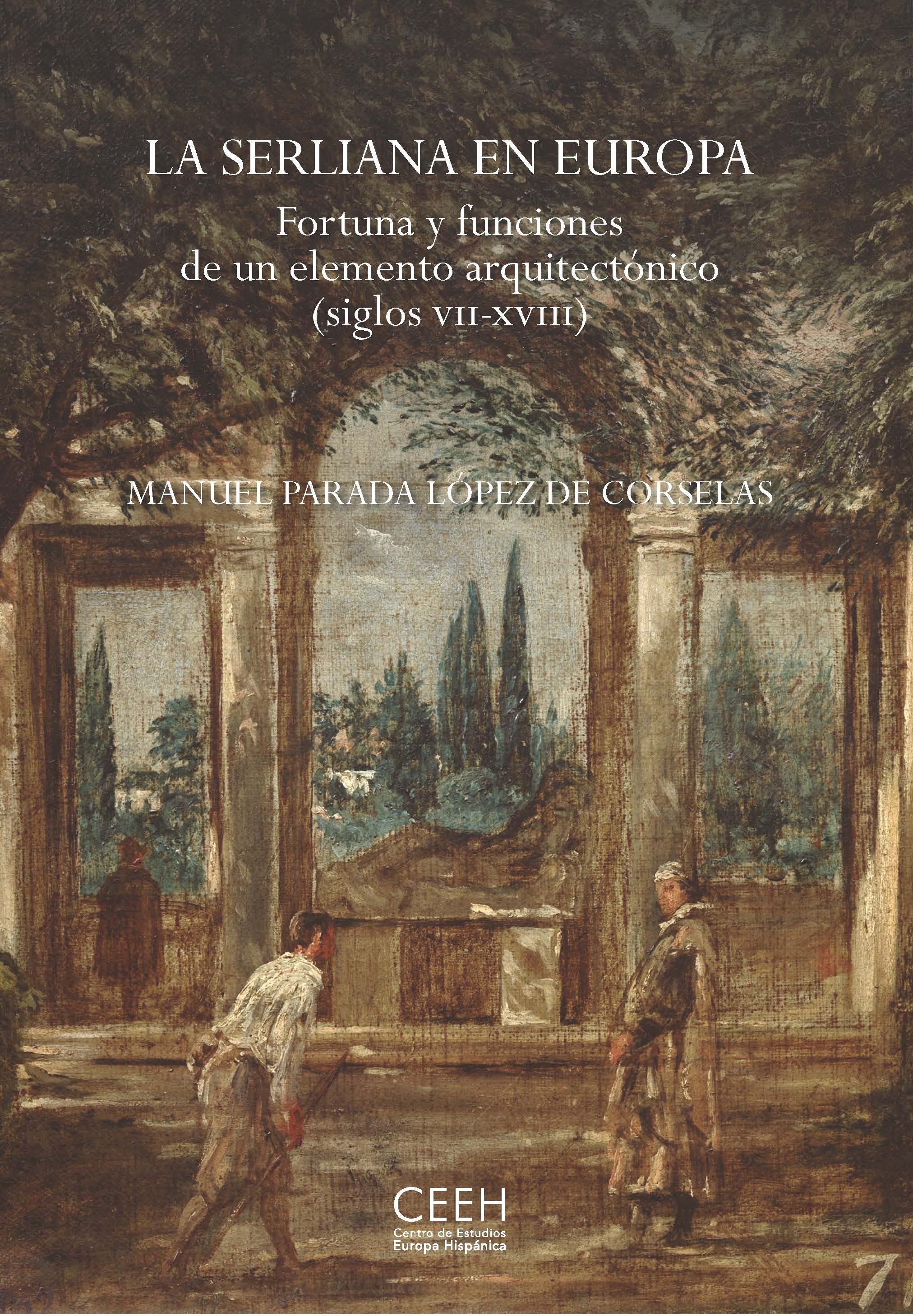Author
Manuel Parada López de Corselas
Characteristics
336 pages; 191 color illustrations; flapped paperback; 17 x 24,5 cm
Publication
Spanish; 2019
ISBN
978-84-15245-83-4
Price
€28,85
The serliana (Venetian window) is the feature which best sums up the history of western architecture and whose prestige has been the most long-lasting, spanning from late Hellenism to the extravagance of the postmodern period. This book surveys its constructional, functional and symbolic history from the Middle Ages to the Enlightenment, analysing its role in architectural experimentation and debates, antiquarian studies and the image of power in European art through countless examples.
Despite originally being associated with authority, sacred architecture and power, the Serliana continued to be a paradigmatic model in western art following the fall of the Roman Empire. During the Renaissance the debate between ancients and moderns developed into a productive dispute between scholarship, material reality, creativity and personal interest which involved, among others, Bramante, Raphael’s workshop and the Fabric of Peter’s and was disseminated through the treatises of Serlio and Palladio. In Spain innovations were introduced in parallel with the international development of the Serliana, it began to spread worldwide, and designs materialised that were never built in Italy. The Baroque period subsequently emphasised the theatrical aspect already explored by Mannerism and in the eighteenth century, when the old theocratic and imperial ideals had almost died out, Piranesi and Ledoux offered new utopias expressing their shared admiration for Antiquity through elements such as the Serliana.
Manuel Parada López de Corselas, who holds a PhD in Art History and in Archaeology, specialises in Classical architecture, cultural exchanges in the Hispanic world and Flemish painting. He has been a Fulbright scholar at Harvard and is a Juan de la Cierva research fellow at the CSIC’s Instituto de Historia. He has published La serliana en el Imperio romano, paradigma de la arquitectura del poder (2015) and El viaje de Jan van Eyck de Flandes a Granada (2016).

